A Spiritual and Architectural Marvel
Akshardham Temple in Jodhpur
Jodhpur, the Blue City of Rajasthan, is known for its magnificent forts, palaces, and temples. One such remarkable spiritual site is Akshardham Temple in Jodhpur, a serene place dedicated to Lord Swaminarayan. Whether you are a devotee or a traveler exploring the city, this temple is a must-visit destination.
About Akshardham Temple, Jodhpur
Akshardham Temple in Jodhpur is a stunning piece of architecture that blends intricate carvings with spiritual serenity. The temple is dedicated to Bhagwan Swaminarayan and is part of the Swaminarayan sect, known for its beautifully designed temples across India.
The temple showcases finely crafted sculptures, a peaceful prayer hall, and a well-maintained garden, offering a tranquil experience away from the bustling city life. It serves as a spiritual retreat where visitors can seek blessings and admire the rich cultural heritage of Rajasthan.
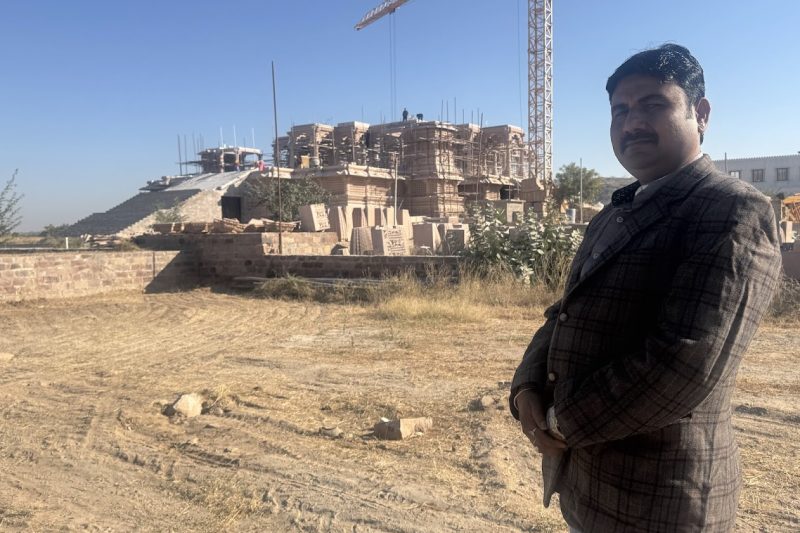
Location and Address of Akshardham Temple in Jodhpur
Shree Swaminarayan Akshardham Temple,
Kali Beri, Soorsagar,
Jodhpur, Rajasthan – 342024
Location Details:
- Distance from Jodhpur Railway Station: Approximately 12 km
- Distance from Jodhpur Airport: Around 16 km
- Nearest Landmark: Soorsagar Lake
The temple is located in the peaceful area of Kali Beri, Soorsagar, offering a serene spiritual ambiance. It is well-connected by road and accessible via private taxis, auto-rickshaws, and local buses.
Would you like information on temple timings or key attractions inside the temple complex?
Opening and Closing Timings
Morning: 6:00 AM – 12:00 PM
Evening: 4:00 PM – 9:00 PM
Timings may vary on special occasions and religious festivals.
Entry Fees
There is no entry fee to visit Akshardham Temple in Jodhpur. However, donations are welcome for temple maintenance and activities.
Best Time to Visit
The ideal time to visit Akshardham Temple is during the early morning or evening when the weather is pleasant. Festivals and special religious events enhance the spiritual atmosphere, making the visit even more memorable.
Nearby Attractions
If you’re visiting Akshardham Temple, you may also explore other popular attractions nearby:
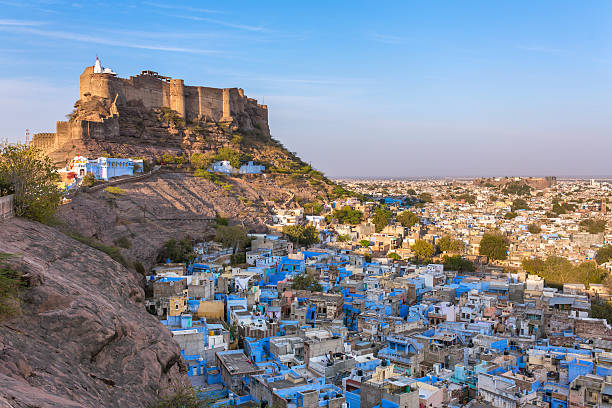
Mehrangarh Fort
One of Jodhpur’s most iconic landmarks.
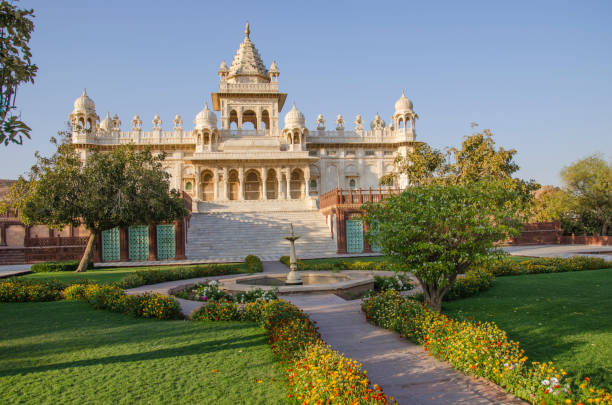
Jaswant Thada
A beautiful marble cenotaph with a peaceful ambiance.
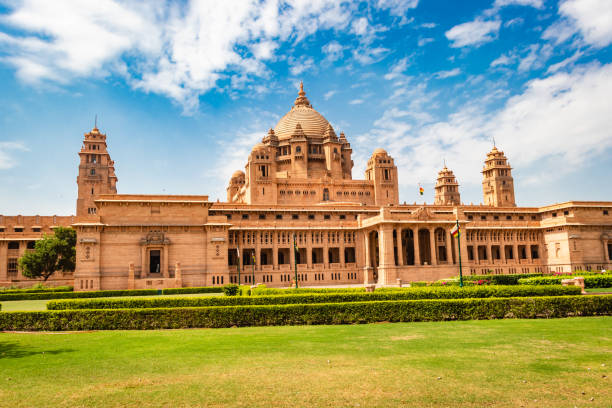
Umaid Bhawan Palace
A grand royal residence and museum.
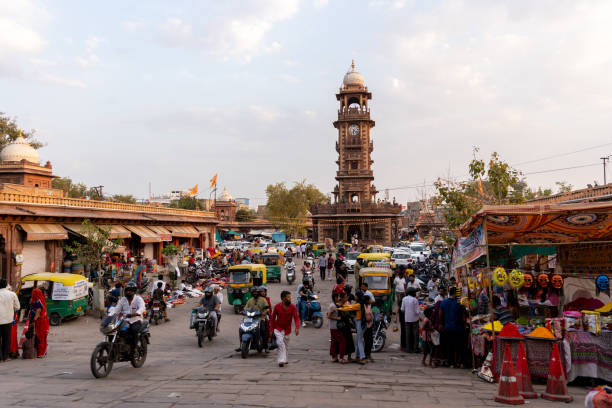
Clock Tower
A bustling shopping spot in Jodhpur.
How to Reach Akshardham Temple in Jodhpur
To ensure a comfortable and hassle-free journey, hiring a taxi service in Jodhpur is the best option. Several reliable taxi providers in the city offer well-maintained vehicles and professional drivers to take you to Akshardham Temple conveniently. Whether you need an affordable cab or a luxury car rental, taxi services in Jodhpur cater to all your travel needs.
Why Visit Akshardham Temple in Jodhpur?
- Spiritual Significance: Seek blessings and experience inner peace.
- Architectural Beauty: Admire intricate carvings and traditional temple designs.
Convenient Travel: Easy access with top-rated taxi services in Jodhpur.
Plan Your Visit with the Best Taxi Service in Jodhpur
Whether you’re a tourist or a local, booking a reliable taxi service in Jodhpur ensures a stress-free journey to Akshardham Temple. Enjoy a smooth and comfortable ride while exploring the divine beauty of this temple.
Make your trip to Jodhpur memorable by visiting Akshardham Temple with the best cab service in town!
Explore Jodhpur with Expert Tips from Our Blog
Need Help?
Frequently Asked Questions About Visiting Akshardham Temple
Q1: What is the best way to reach Akshardham Temple in Jodhpur?
A: The best way to reach Akshardham Temple is by hiring a taxi service in Jodhpur, ensuring a comfortable and hassle-free journey.
Q2: Are there any entry fees for Akshardham Temple?
A: No, there is no entry fee to visit Akshardham Temple in Jodhpur. However, donations are welcome.
Q3: What are the temple's opening and closing hours?
A: The temple is open from 6:00 AM to 12:00 PM in the morning and from 4:00 PM to 9:00 PM in the evening.
Q4: What are the nearby attractions to visit along with Akshardham Temple?
A: Nearby attractions include Mehrangarh Fort, Jaswant Thada, Umaid Bhawan Palace, and Clock Tower & Sardar Market.
Q5: Is there any dress code for visiting Akshardham Temple?
A: Visitors are advised to wear modest and respectful clothing as it is a religious place.




















